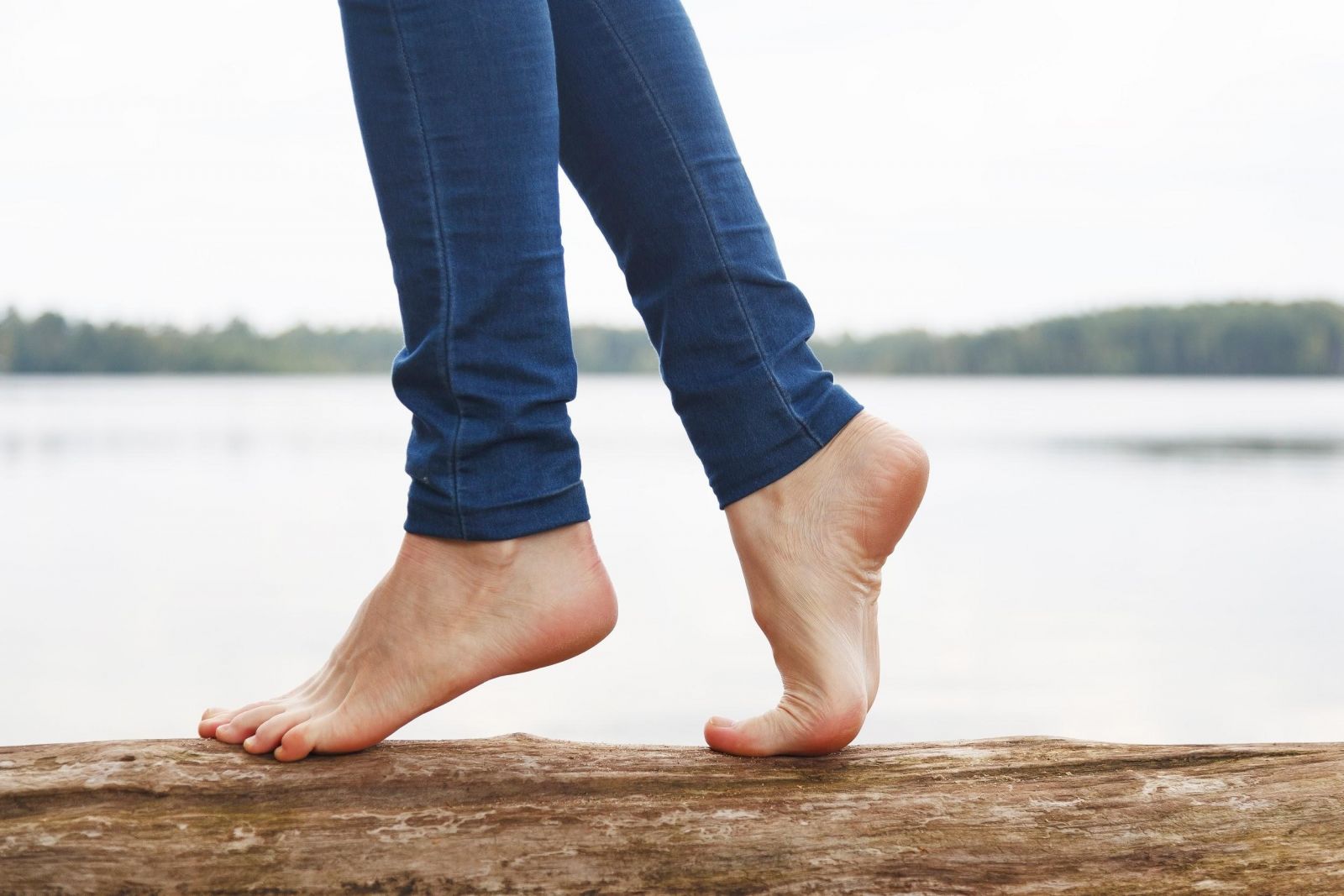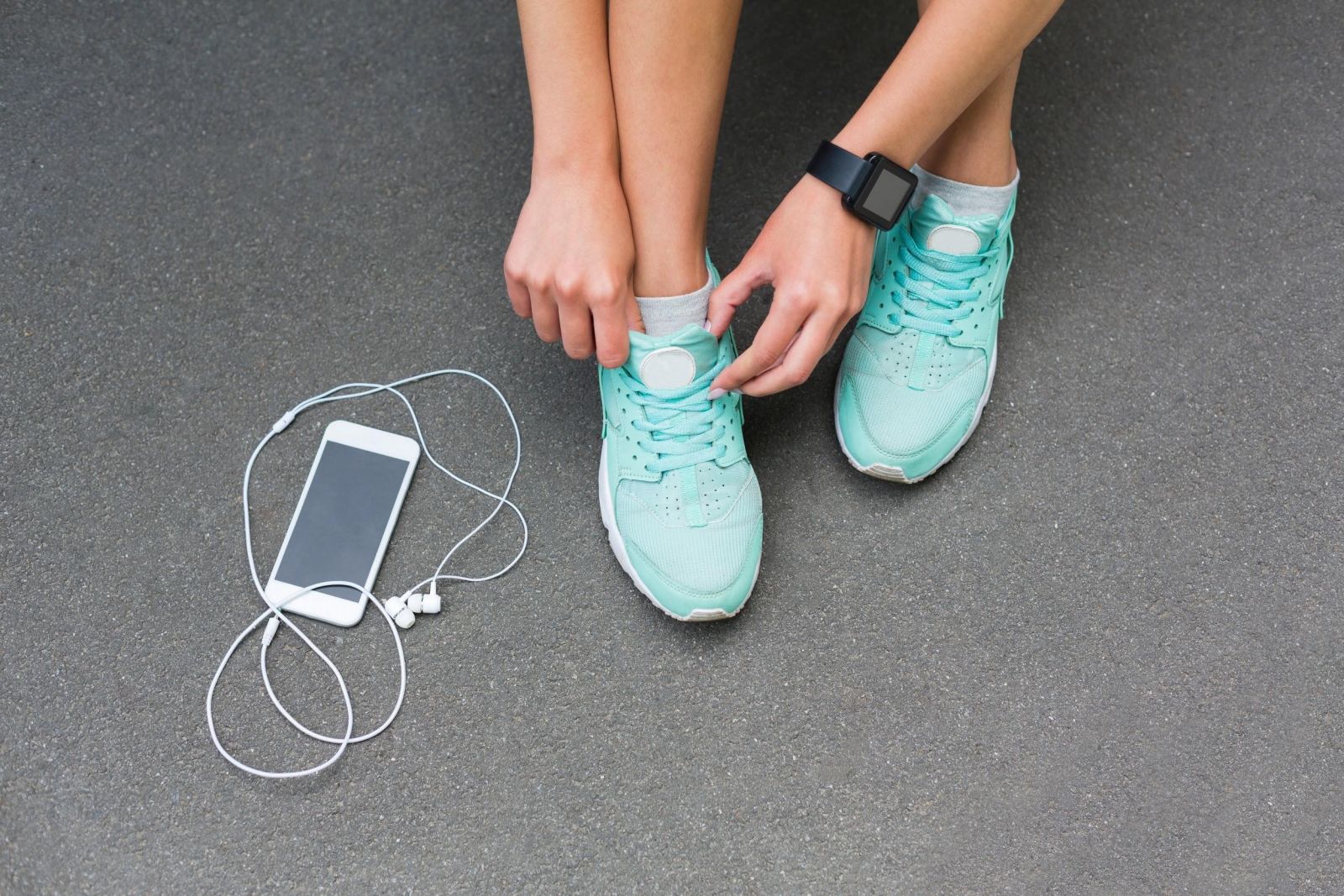Know Your Feet - A Guide to Feet Types

Have you ever experienced buying a pair of shoes and realise that it doesn’t fit you well? Most likely, you bought the the right size but forgot to consider your foot type. Whilst this may seem like an insignificant mistake, it can affect your comfortability and mobility.
To ensure that you don’t end up buying the wrong pair of footwear again, we created a comprehensive guide to feet types. This guide will cover everything about the different types of feet, feet type testing and and shoe shopping tips.
Let’s kick-off our discussion by understanding why you need to familiarise yourself with the different feet types.
Importance of knowing your feet type
According to NetDoctor wearing the right shoes can positively affect other parts of the body, whilst wearing ill-fitting ones can cause a plethora of problems.
Some examples of foot problems triggered by wearing tight footwear include:
- Blisters and Callus
- Joint inflammation
- Achilles tendon injury
- Poor blood circulation in the lower extremities
- Calf muscle and knee pain
- Ingrown toenails
Aside from the issues enumerated above, wearing a pair of shoes that fails to provide enough support to your foot arches may also cause severe leg cramps, imbalance, slowed movements, and accidents.
To protect yourself from these mishaps, you need to know what type of feet you have.
What are the different feet types?
The human foot has three arches, namely anterior-transverse, lateral and medial arch. These arches are formed by the bones found on the foot plus the connecting tissues. Each arch is supported by different types of bones, ligaments and muscles.
Podiatrists use the arches as their basis in classifying feet. Based on the angles and height of these arches, the categories are named as neutral, high arch, or low arch.
Here are some more details about each foot type:
Low arch
Fallen arches represent a condition that happens when the entire bottom of the foot contacts the ground when a person is standing. An ordinary foot presents an arch between the ball of the foot and the heel. Fallen arches are an acquired condition, but flat feet may be present from childhood, in the case where the arch never developed in the first place. Fallen arches do not represent a form of concern in most cases, although fallen arches should always be checked by a doctor or podiatrist. In the case where fallen arches develop during adulthood leading to a flat and rigid foot, it tends to be more serious than flat feet present from childhood, and the feet and muscles and tendons in the lower legs can be more prone to premature foot fatigue, and may in some cases result in serious health problems.
If you cannot distinguish rigid fallen arches from the flexible variety, there is a test that is simple to perform: while standing on the toes, observe if the arch appears by looking in a mirror. If there is a slight arch, then you're probably got nothing to worry about. Even some Olympic runners have fallen arches. But if your foot stays flat on the bottom, then you have rigid fallen arches. The first thing to do is to consult a podiatrist.
Neutral foot
Experts refer to the neutral foot as the most efficient type of foot because if its defined arch and evenly distributed weight.
This type of foot is optimal in bearing the weight of the entire body and performing strenuous activities. Compared to the other types, a medium arch is better because it's less prone to injuries.
High arch
People with a high arch or supinated foot often complain about foot pain. This is because the medial arches appear unusually high. The abnormal height increases the level of stress absorbed by the heels and balls of the feet.
As a result, a person who has a pair of high arch feet tends to suffer from leg pain that often radiates to other parts of the body such as the hips, legs and thighs.
Don’t know what feet type you have? You can use the simple DIY test in the following section.
How to categorise feet
The best and easiest way to determine what foot type you have is to perform a Wet Test. It’s a test that involves dipping your feet on the water and stepping on a piece of cardboard to check the height of your arches.
To get a clear impression of your foot, you need to step on the cardboard with your full weight.
To know if you have a high, medium or low arch, you can use the guide below:
- Flat foot - As the name suggests, you won’t find any arches on the print. All parts of the foot impression will be completely shaded.
- Neutral foot - You will notice a small dry portion in between the ball and heel. If you check the impression, you will notice that it’s well-distributed.
- High arch - There’s only a small wet region on the cardboard. Most of these are concentrated on the heel area.
Besides looking at your arches, it’s crucial to determine the potential issues that you may face by checking the wear and tear patterns of your current shoes.
Common wear and tear patterns in footwear
Wear patterns can tell you a lot of things. For starters, a simple bulge on one side of the shoes indicates that you have bunions growing on your feet and suggests that you should buy a comfier pair of footwear.
On top of that, there’s a long list of other patterns that you need to look out for such as:
- Wear patterns outside - This indicates that the foot supinates, suggesting that the foot doesn't roll correctly when you walk. In order to correct supination, you need to avoid wearing tight or rigid footwear. Instead, you should look for a pair of casual shoes for women that fits you nicely.
- Ridges on the upper toebox - It shows that you have a hammertoe, an excessively bent toe joint. Unfortunately, opting for a comfier pair of shoes won’t do you any good. To correct this issue, you need to undergo a surgical procedure.
- No symmetry in the patterns - Uneven patterns is a clear indication that you tend to overstride when you walk. If you want to stride normally again, Triathlete.com suggests that you activate your glutes by stretching your hip flexor muscles regularly.
- Wear patterns inside - Tear patterns inside your footwear is a clear indication that your feet roll inwards whilst you walk. Overpronation often triggers chronic back pain, leg fractures, Achilles tendonitis and shin splints.
Now that you know what type of feet or foot issues you have, you can choose the right type of shoes easier. Learn the best shoe shopping tips you can use in the next section.
Choosing the right type of footwear

You can’t choose what type of foot to have. It’s an inherited trait, so you won’t be able to change it. If you’re suffering from foot problems, switching to a better and more appropriate type of shoes is highly recommended.
When you’re shopping for the best women's shoes for walking, running or casual work routine, you should double check the product description.
Find out if it has the features needed to give your feet enough support most especially if you have high arches. If the shop doesn’t provide enough details about the shoes, feel free to contact their customer support line.
We’ve gathered some of the key things you must consider when buying footwear based on your foot arch below.
Shoe buying tips for neutral feet
People who have neutral feet don’t need to take shoe shopping very seriously. If you have a neutral or medium arch foot, you can choose any type of shoe - just make sure to check your shoe sizing before you place an order. Some examples of shoes you can buy include a pair of Ziera-Urban walking shoes or Cabello boots. Both types of shoes works great if you love strolling.You can also use them when you go to work. They’re also quite easy to pair with any outfit.
Shoe buying tips for low arch feet
Shopping for low arch footwear can be a bit tricky. To find the right pair, you must determine if your condition is caused by the absence of your medial arches or by weakened foot muscles.
If it’s caused by the latter, you need to focus on buying shoes that offer enough arch support. You need to use shoes with arch support until your muscles regain its original strength.
If your condition is inborn, you should switch to shoes with minimum structural support to avoid adding stress to your soles, legs and hips.
Some examples of shoes with minimum arch support include the Cabello Stitchdown, a pair low-cut boots that you can pair with your jeans or the Merrel Around Town Lace Knit, a durable sneakers you can use for running or walking.
Shoe buying tips for high arch feet
High foot arches need maximum support to prevent injuries and to reduce muscle and bone stress. You can buy shoes like the Ziera Alley. It’s a pair of walking shoes that comes with removable inner sole and fibroglass shank. If you prefer wearing leather walking shoes, you can go for the Ziera All Sorts.
Conclusion
Most people don’t care about feet types until they realise it’s importance in alleviating leg pain and minimising accidents and injuries.
Using our guide to feet types above, you can be more confident when you shop for a pair of shoes and avoid getting your foot injured.
Use the Wet or Wear test as your guide to determine if you have a low, medium or low arch. If in doubt, you can visit a podiatrist instead. A foot specialist can also prescribe insole support in case you have high foot arches.
Need a pair of women’s shoes for work or for casual use? Check out our online product catalogue. We have an extensive collection of comfortable shoes for women that will definitely suit your taste.






